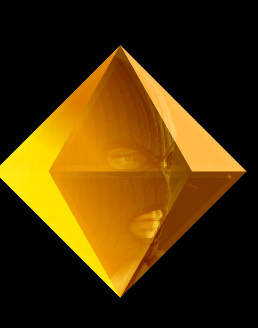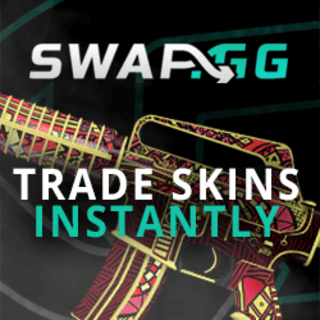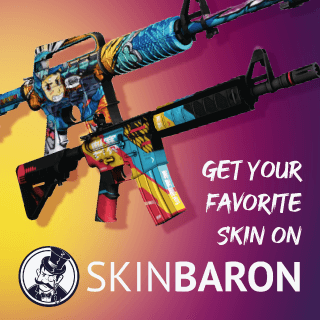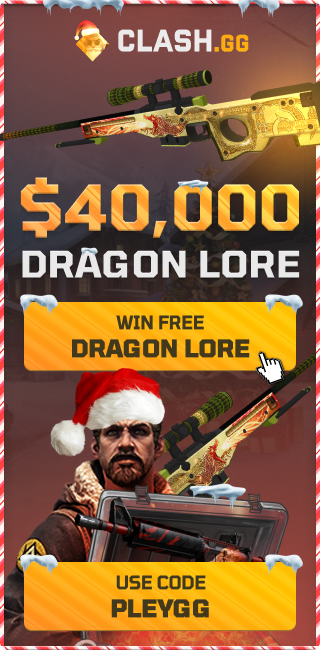Everything to Know About Skins in Rust
Skins are a major part of the Rust gameplay. Ever since the game’s launch in 2013, the players have been crafting, purchasing, and selling all kinds of skins. So, it’s only natural you want to become a true member of the community by learning more about how skins work.
In this article, we’ll guide you through everything related to skins in Rust. Upon finishing this article, you’ll know which items in Rust have skins, what their features are, where you can get them, and how much you need to pay for them. If this is something you’re interested in learning about, stay tuned!
Items that have skins
First things first, let’s look at which Rust items support skins. Since Rust is an open-world game, you’ll come across countless items when you play it. Naturally, you can’t customize everything in this complex survival game.
However, when we focus only on items players can interact with, they face countless choices. From perfecting your base to customizing your character, items such as a wooden door or a famous hazmat suit can make your gameplay more enjoyable.
Here is a handy list of items that have skins:
● Construction: doors, barricades;
● Attire: pants, jackets, boots, hats, gloves, chest plates, facemasks, helmets, suits;
● Weapons: knives, crossbows, guns, grenades, rocket launchers;
● Tools: pickaxes, hatchets, icepicks, hammers, jackhammers;
● Misc: sleeping bags, boxes, lights;
● Other items: decorations and fun.
Skins are only visual changes
While some skins in video games come with additional perks, that’s not the case when it comes to skins in Rust. Although most skins look impressive, they only serve for cosmetic purposes, with a few exceptions. That means the skins are purely visual changes and don’t impact the gameplay in any other way.
As such, Rust skins won’t give you any additional power. The illuminated skins are the only skins that are slightly helpful since they glow in the dark and are easier to locate during the night. But, besides these, no skins come with special advantages.
You can get them for free
Most novice Rust players believe all skins cost a lot of money to purchase. However, you’ll be surprised to learn that all players can get free Rust skins.
Depending on how often you play, the game will reward you with free box drops in which you can receive some great skins. Additionally, you can find some free skins in the shop or simply craft them on your own using gathered resources.
Therefore, you don’t have to spend money to equip your character with some cool skins.
You can buy them on the market
If you wish to find more exclusive skin deals, buying them on the market should be your first option. You’ll find all kinds of skins on the online markets, from common to rare ones.
Most players sell Rust skins on this https://skincashier.com/sell-rust-items because it’s safe, secure, and has a wide selection of skins.
Nevertheless, verified third-party marketplaces are becoming increasingly popular too. They’re equally secure as the Steam Workshop but often have better offers and price deals. So, if you’re looking to find some skin gems, checking out verified third-party marketplaces is a must.
Some players earn money through trading
Yet another advantage of online markets is the possibility of trading. Namely, players eager to track the price fluctuations can earn money simply by trading Rust skins. The basic philosophy of buying low and selling high is applicable here, by mastering this is harder than it seems.
You need to understand how supply and demand work, as they’re the two main factors dictating skin price fluctuations. If you think you have what it takes, you can also earn money through trading.
Some skins are very expensive
Rust skins can be categorized by their rarity. The rarer the skin, the pricier it is. The skin’s level of rarity will limit how many people can get it, so the demand for a rare skin will automatically increase.
With low supply and high demand, some exclusive skins can cost even up to several hundreds of dollars. With that said, there are indeed expensive Rust skins that are hard to pay for but also hard to find.
There are a lot of cheap skins that look great
The skin doesn’t have to be of poor quality just because it’s affordable, and there are a lot of cheap skins that look great.
Going back to supply and demand, many great-looking skins are quite common, typically because there are many of them available on the market. Since there are plenty of them and they’re easy to find, the demand for these skins is low. The demand plays a significant role in skin prices, so a low demand usually means relatively low prices.
That means you can find numerous outstanding skins at excellent price points.
Their prices change
Since supply and demand drive Rust’s skin prices, the market is known to be highly volatile. Price fluctuations happen all the time because the supply and demand of skins change all the time, which means that a skin’s price can drastically increase or drop within a few hours.
Even though you can’t affect the price changes, you can surely affect how you respond to them. By taking the time to study the market and predict future price fluctuations, you can learn what’s the best time to purchase or sell a skin so you remain profitable at all times.
Conclusion
A lot goes into fully understanding skins in Rust. Although they don’t offer any additional perks or powers to the players, they’re still some of the most critical elements of the game.
Understanding how skins work can be confusing if you’re new to Rust, but with this guide by your side, you’ll learn everything you need to know about this complex but fun game feature.













